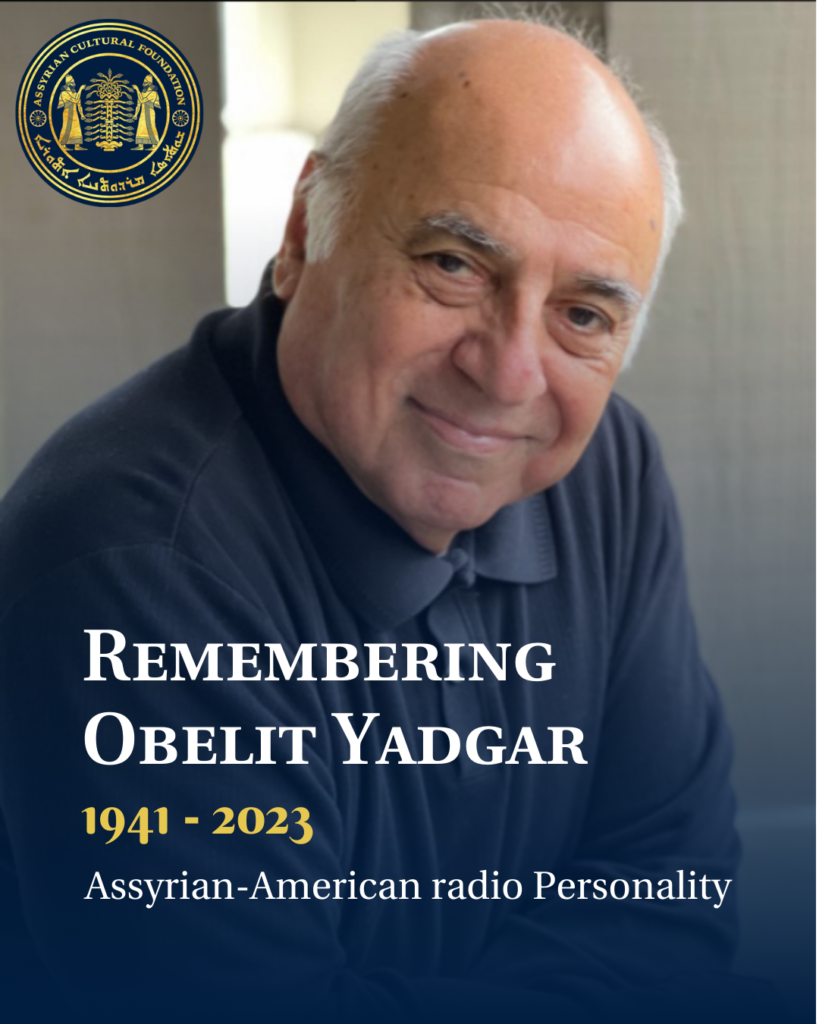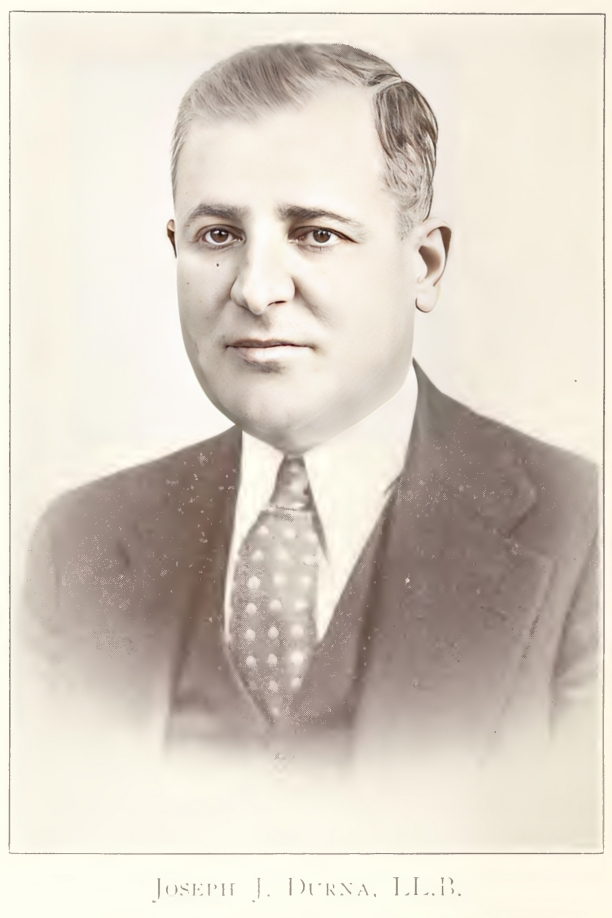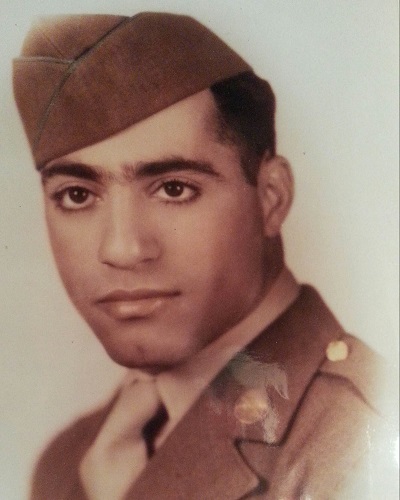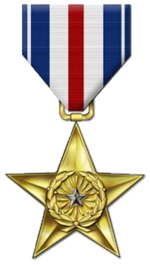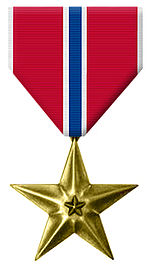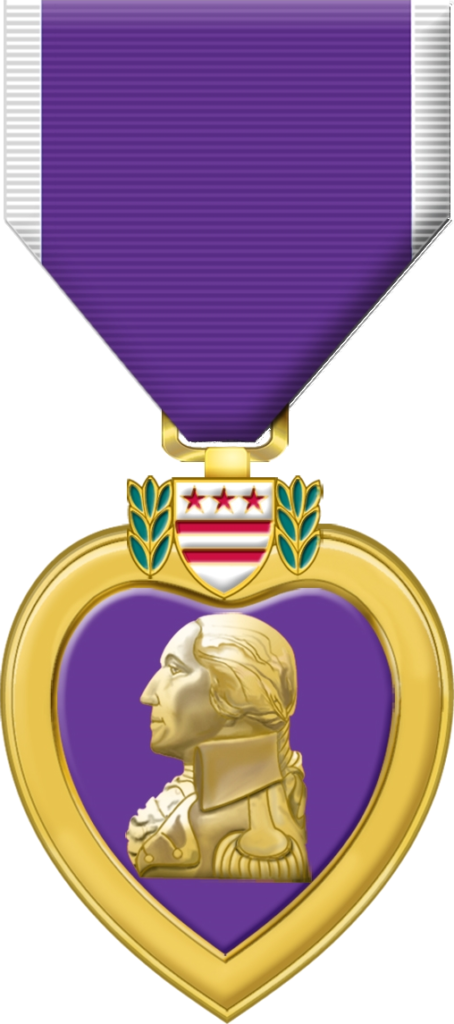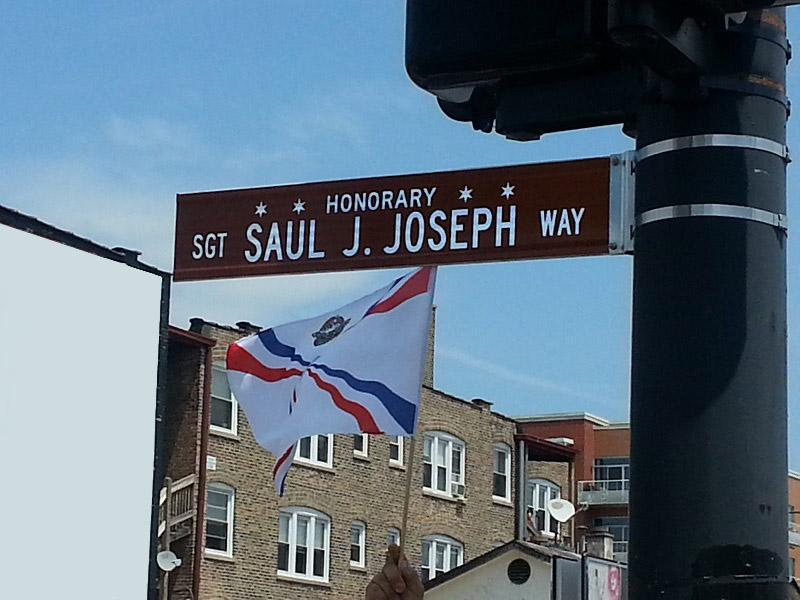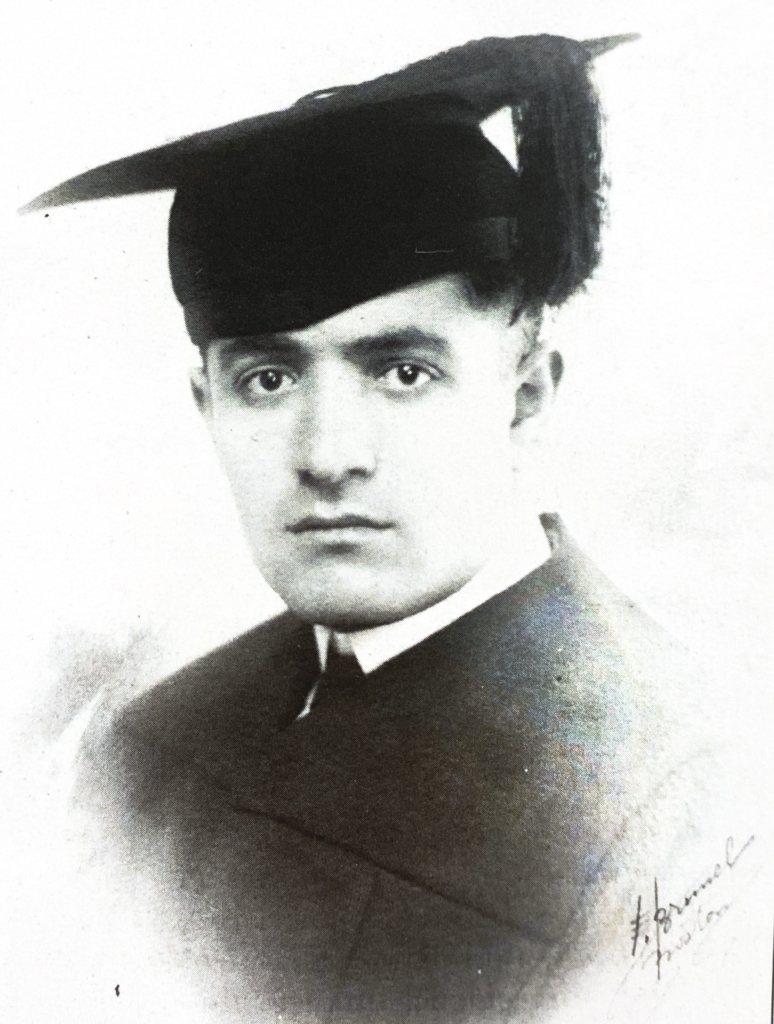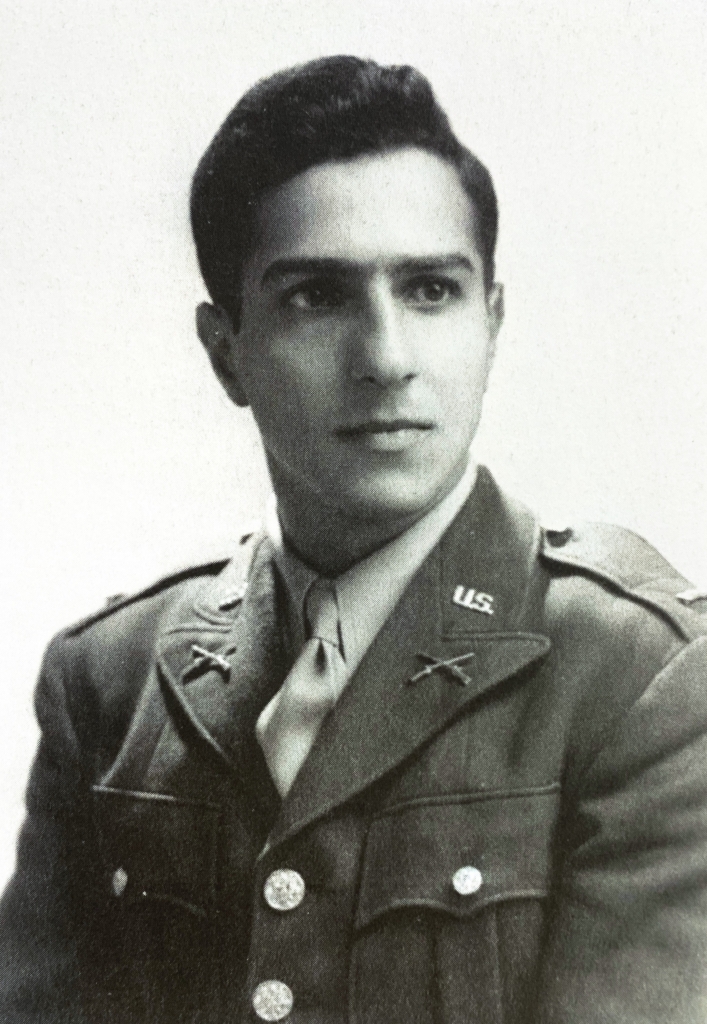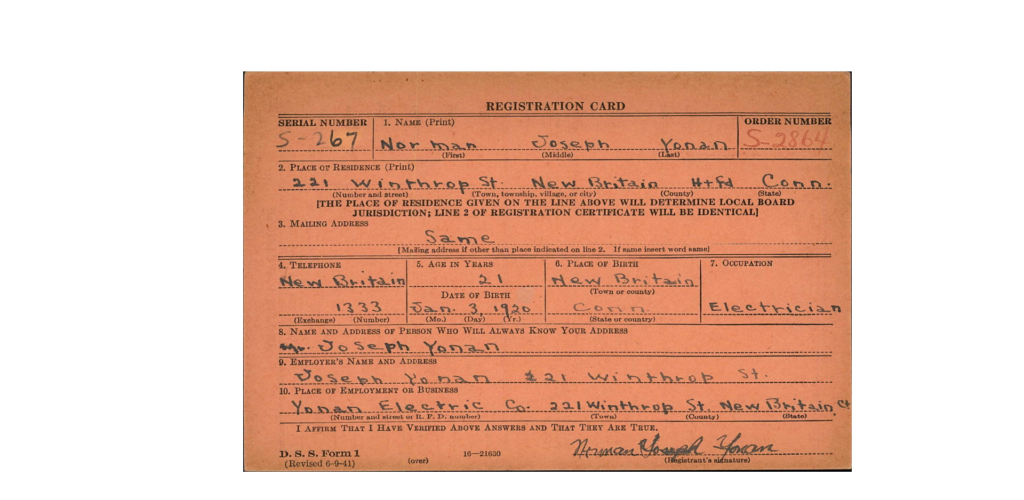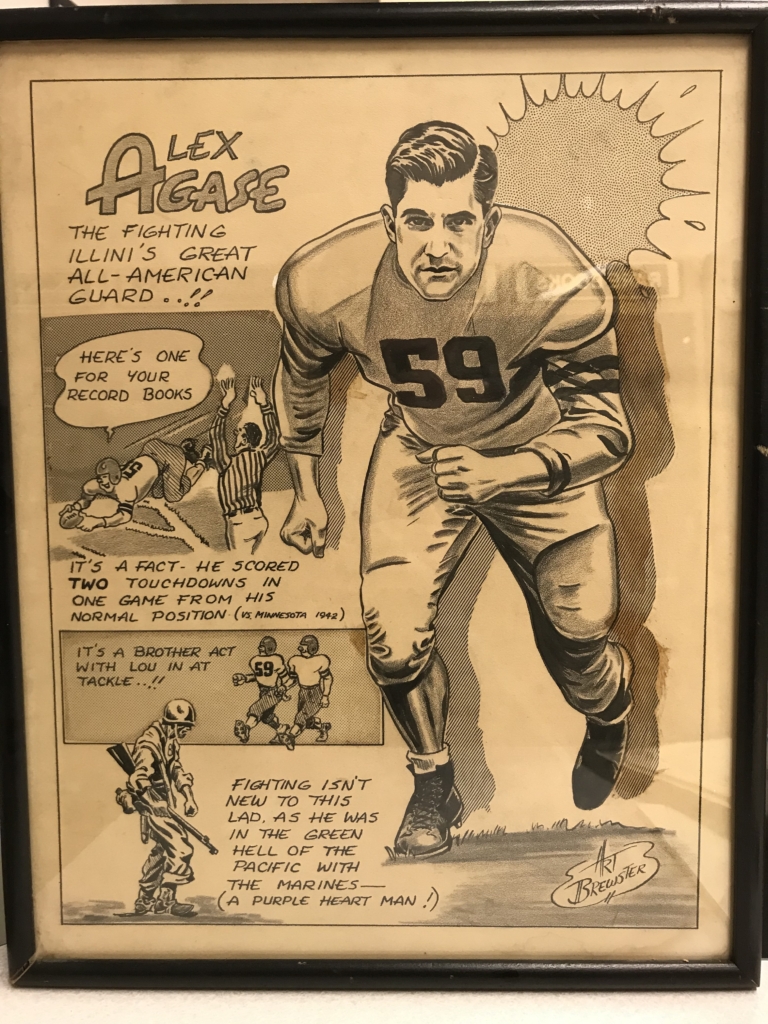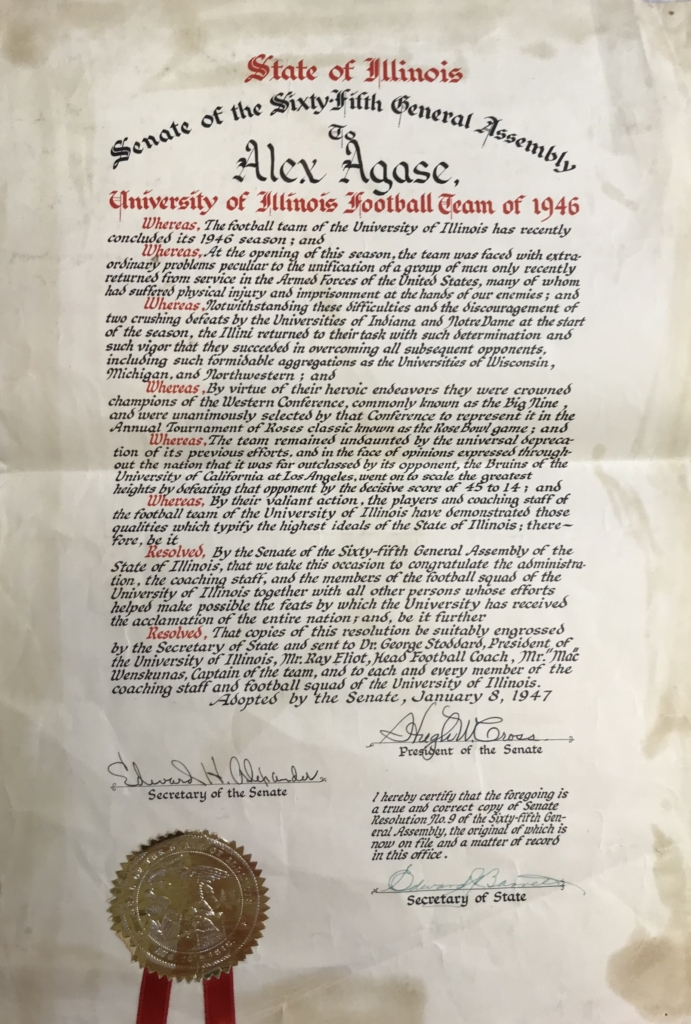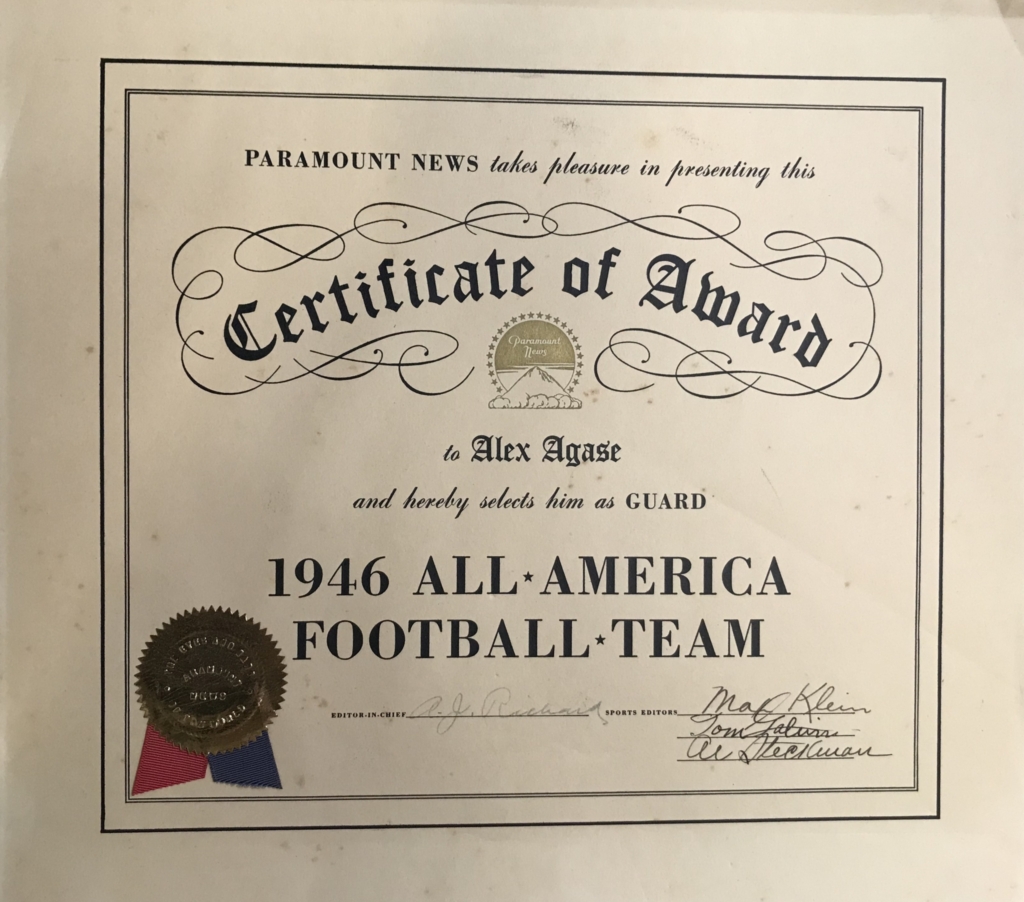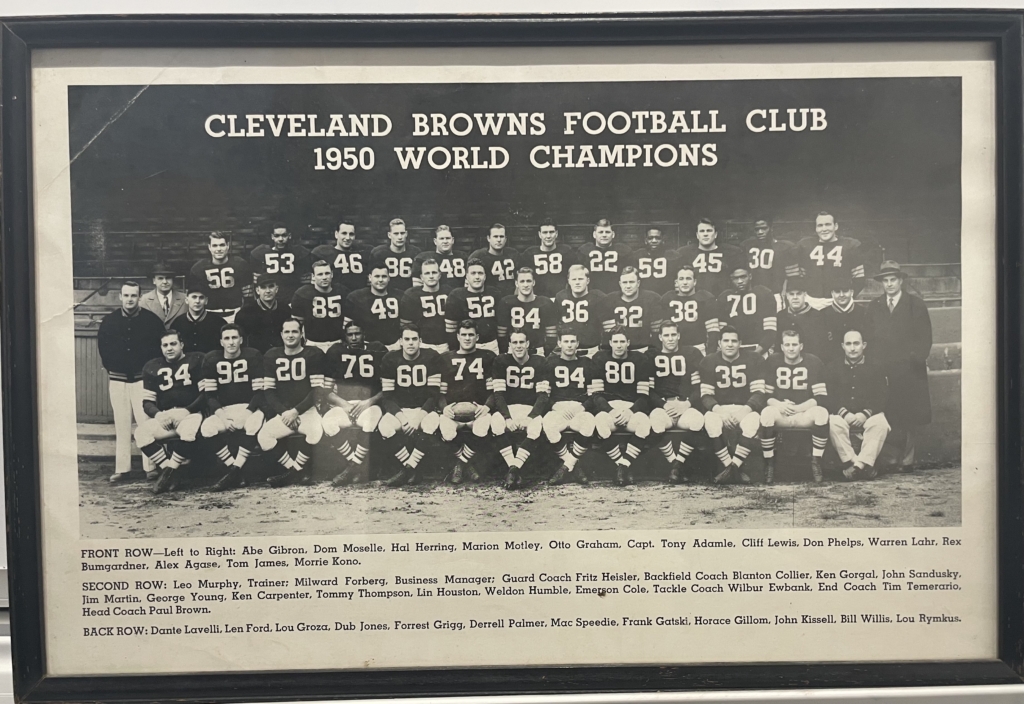Samuel Edward Sulliman
Date: May 17, 2022
Learn about the Assyrian man who served in the US secret service under many presidents, including John F. Kennedy.
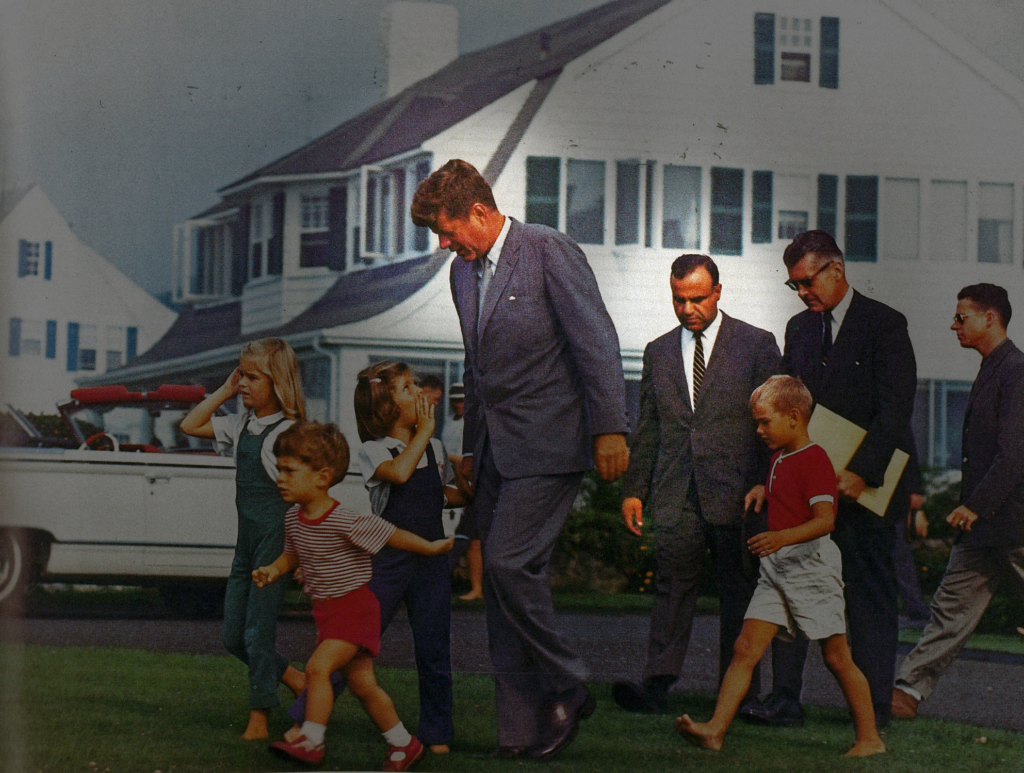
President John F. Kennedy walks across a lawn next to Sulliman in Hyannis Port on August 26, 1963.
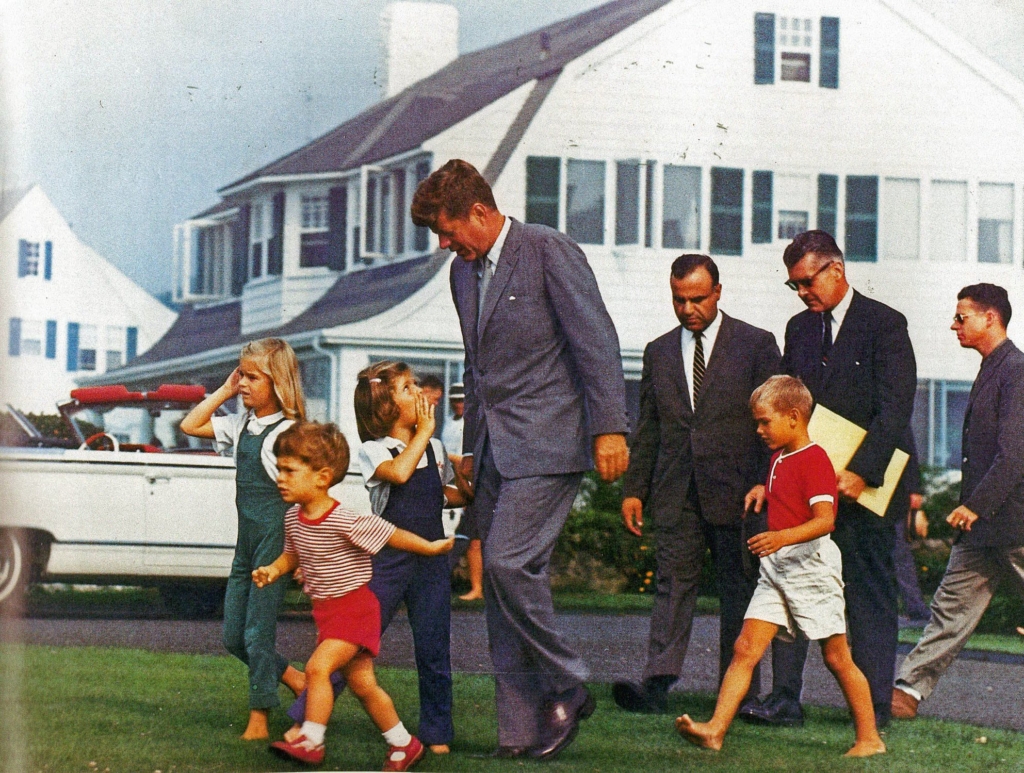
Samuel Edward Sulliman was born in New Britain, Connecticut on August 13th, 1930. He was the 6th child in his family, his parents were named Moses and Alma Sulliman.
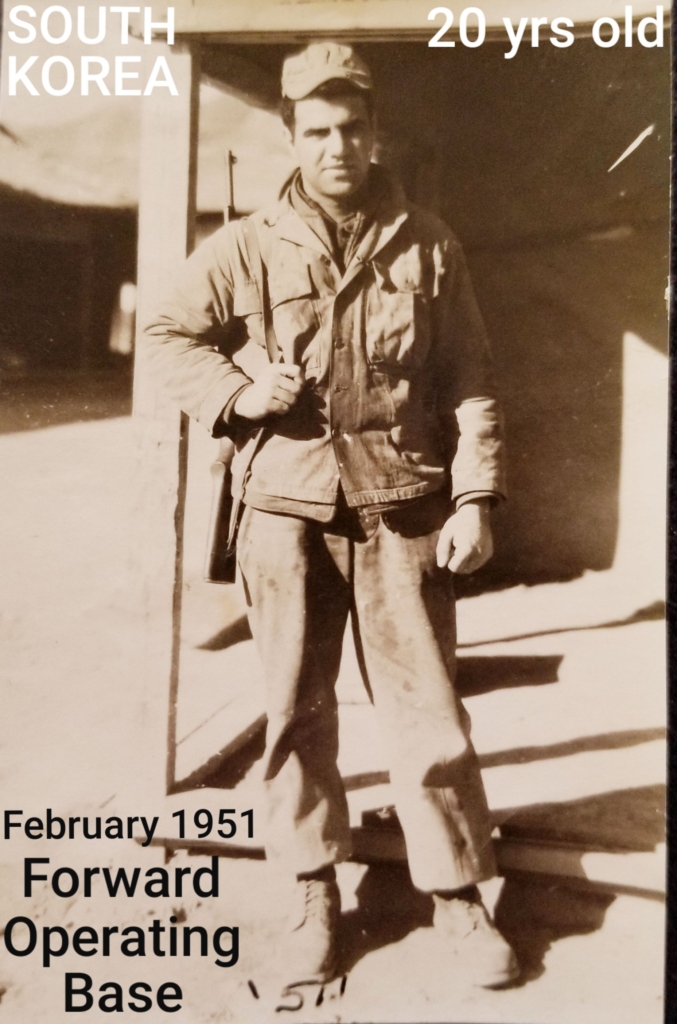
Ancestry.com. U.S., Find a Grave Index, 1600s-Current [database on-line]. Lehi, UT, USA: Ancestry.com Operations, Inc., 2012.
Above is pictured Sulliman serving in South Korea. In his early years, Sulliman served in the United States Military in 1948 and left in 1952.
Image Source
Special thank you to Elizabeth Sulliman, daughter of Samuel Sulliman
He then attended college at Bucknell University in Lewisburg, PA the same year.
Throughout his time at the university, Sulliman enjoyed his time playing on the baseball and football team.
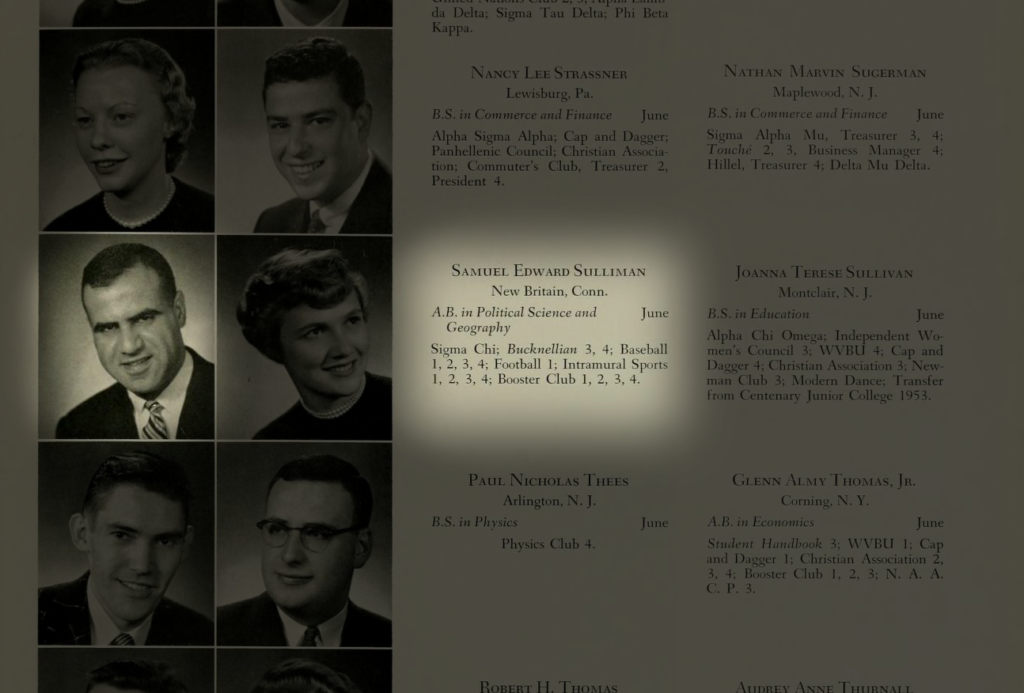
Above is Sulliman pictured in Bucknell University’s yearbook, 1956.
Courtesy of Special Collections/University Archives, Ellen Clarke Bertrand Library, Bucknell University, Lewisburg, PA.
This image [Cropped & edited Image of page 87 of the L’Agenda, 1956] may be protected under US. Copyright law and may not be reproduced.
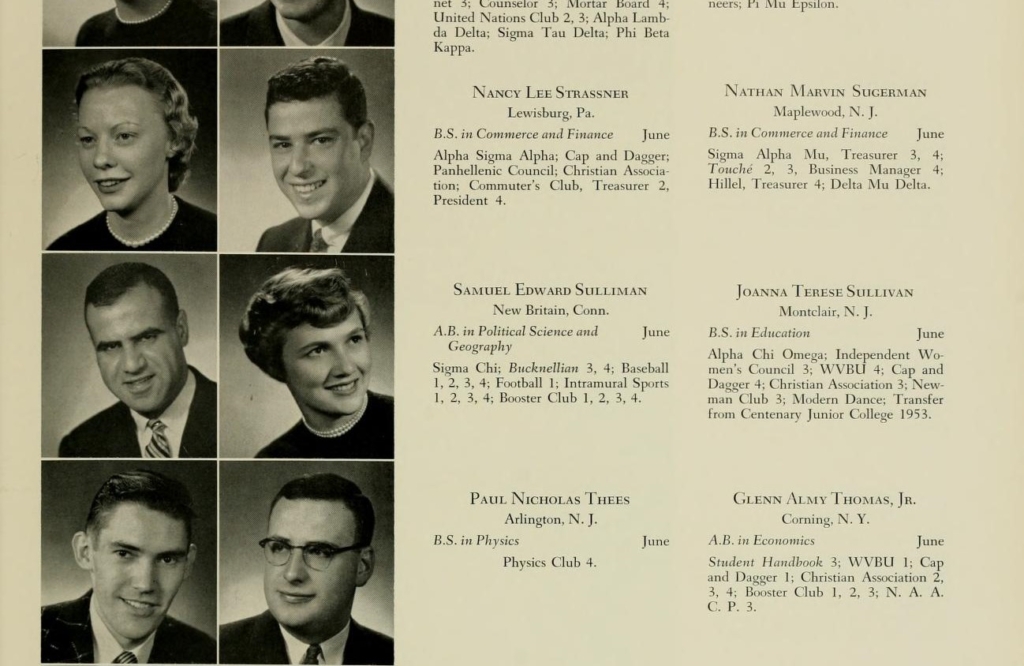
Courtesy of Special Collections/University Archives, Ellen Clarke Bertrand Library, Bucknell University, Lewisburg, PA.
This image [Cropped image of page 87 of the L’Agenda, 1956] may be protected under US. Copyright law and may not be reproduced.
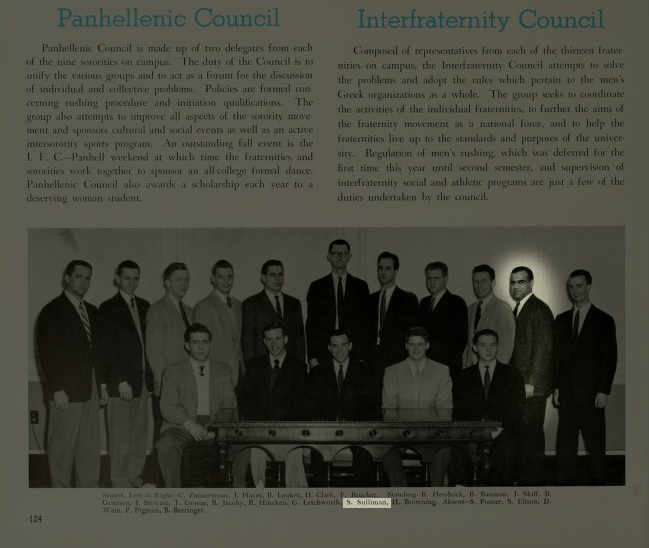
Seen to the right is Sulliman with the Interfraternity Council
Courtesy of Special Collections/University Archives, Ellen Clarke Bertrand Library, Bucknell University, Lewisburg, PA.
This image [Cropped & edited Image of page 124 of the L’Agenda, 1956] may be protected under US. Copyright law and may not be reproduced.
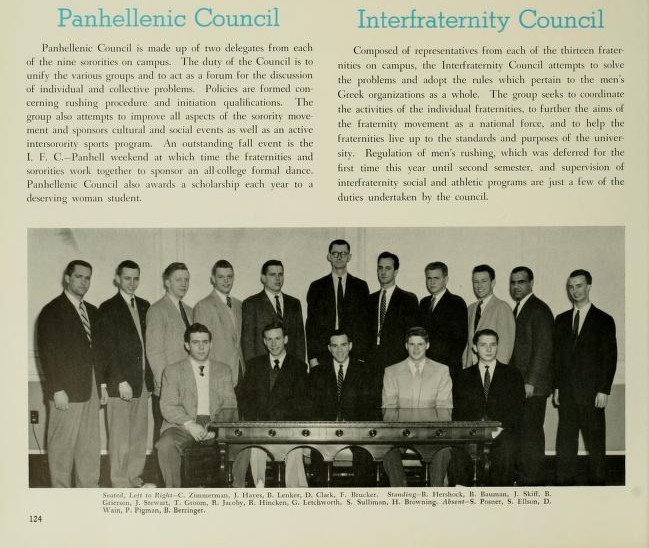
Courtesy of Special Collections/University Archives, Ellen Clarke Bertrand Library, Bucknell University, Lewisburg, PA.
This image [Cropped Image of page 124 of the L’Agenda, 1956] may be protected under US. Copyright law and may not be reproduced.
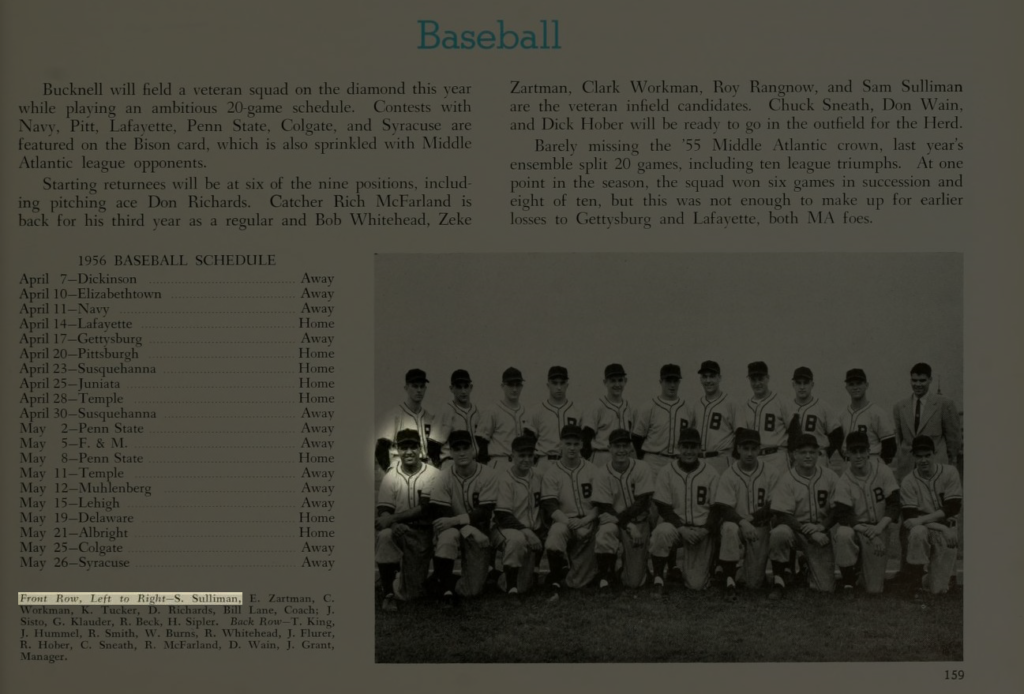
Sulliman is seen with Bucknell University’s Baseball team, 1956
Courtesy of Special Collections/University Archives, Ellen Clarke Bertrand Library, Bucknell University, Lewisburg, PA.
This image [Cropped & edited Image of page 159 of the L’Agenda, 1956] may be protected under US. Copyright law and may not be reproduced.
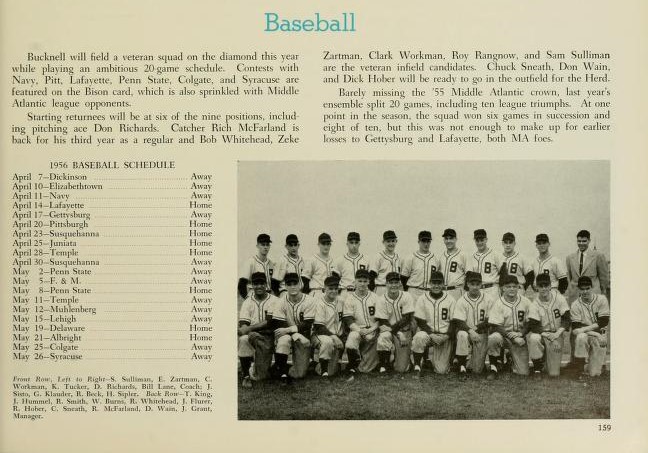
Courtesy of Special Collections/University Archives, Ellen Clarke Bertrand Library, Bucknell University, Lewisburg, PA.
This image [Cropped Image of page 159 of the L’Agenda, 1956] may be protected under US. Copyright law and may not be reproduced.
He later achieved his Bachelor’s degree in Political Science and graduated in 1956. In an attempt to further his education, he went to law school for 1 year at the University of Connecticut. During this time, is when Sulliman had been recruited by the US secret service.
Sulliman’s journey with the secret was not a short one, he managed to serve for 20 years, where he worked alongside: Presidents Eisenhower, Kennedy, Ford, Carter as well as Vice Presidents Agnew, and Rockefeller. Sulliman’s service with President Kennedy holds many documented photos in the JFK Library. Sulliman’s service is seen not only in the United States but also in Germany. Below are a series of photos of Sulliman with president John F. Kennedy.
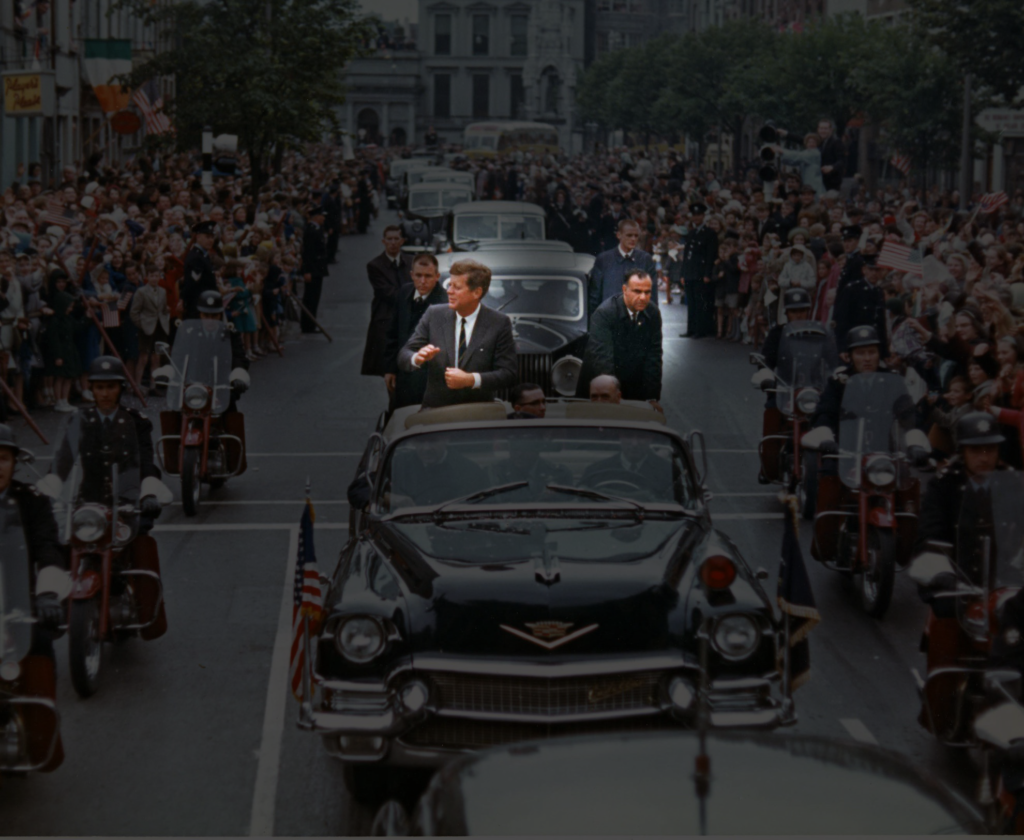
Jerry Blaine and Sam Sulliman on the rear of a presidential car in Ireland. 1963.
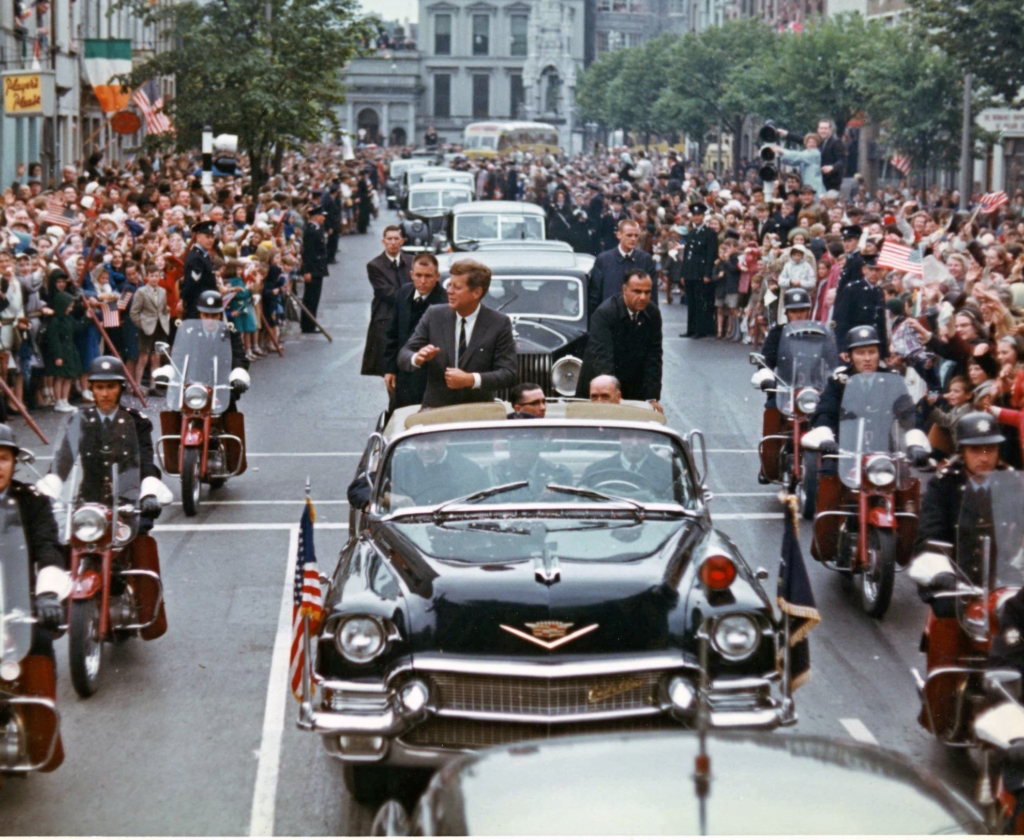
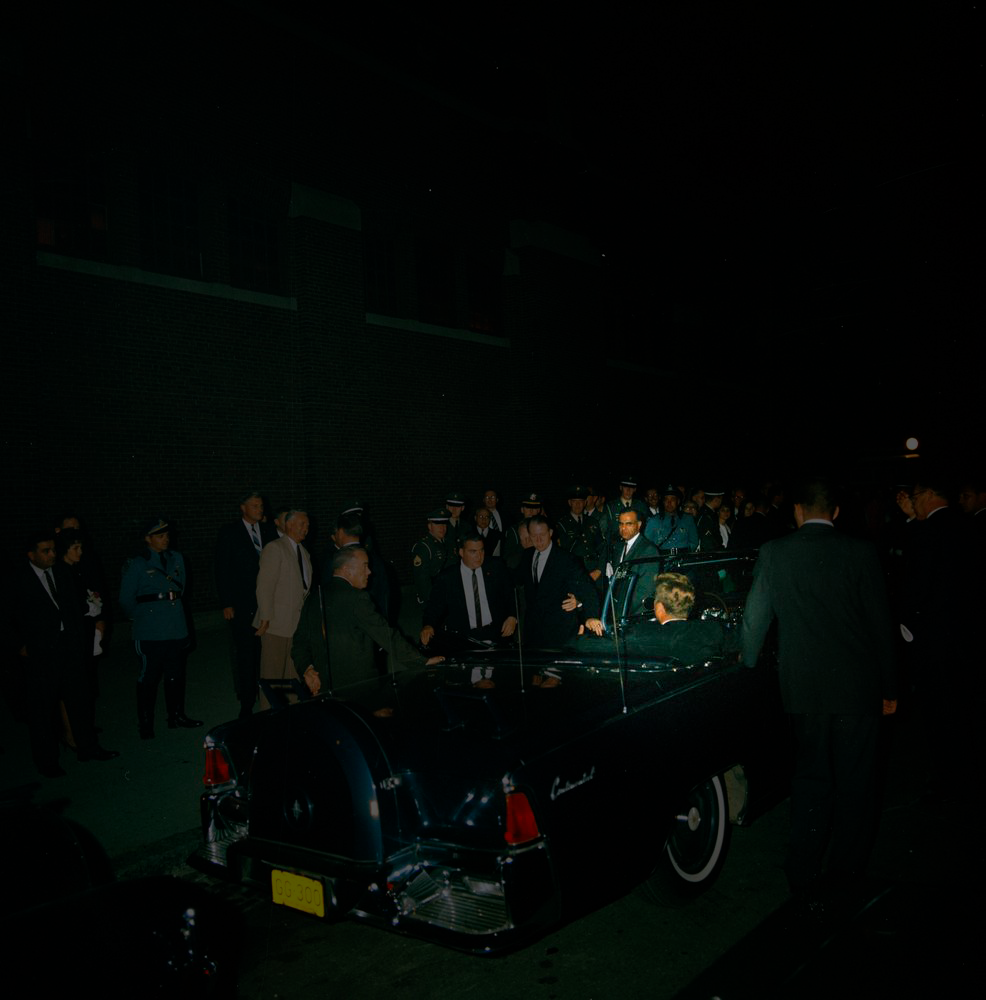
Above is pictured a trip to Maine & Massachusetts: Boston, fundraising dinner at commonwealth armory, 1963 October 19, 8:13 pm
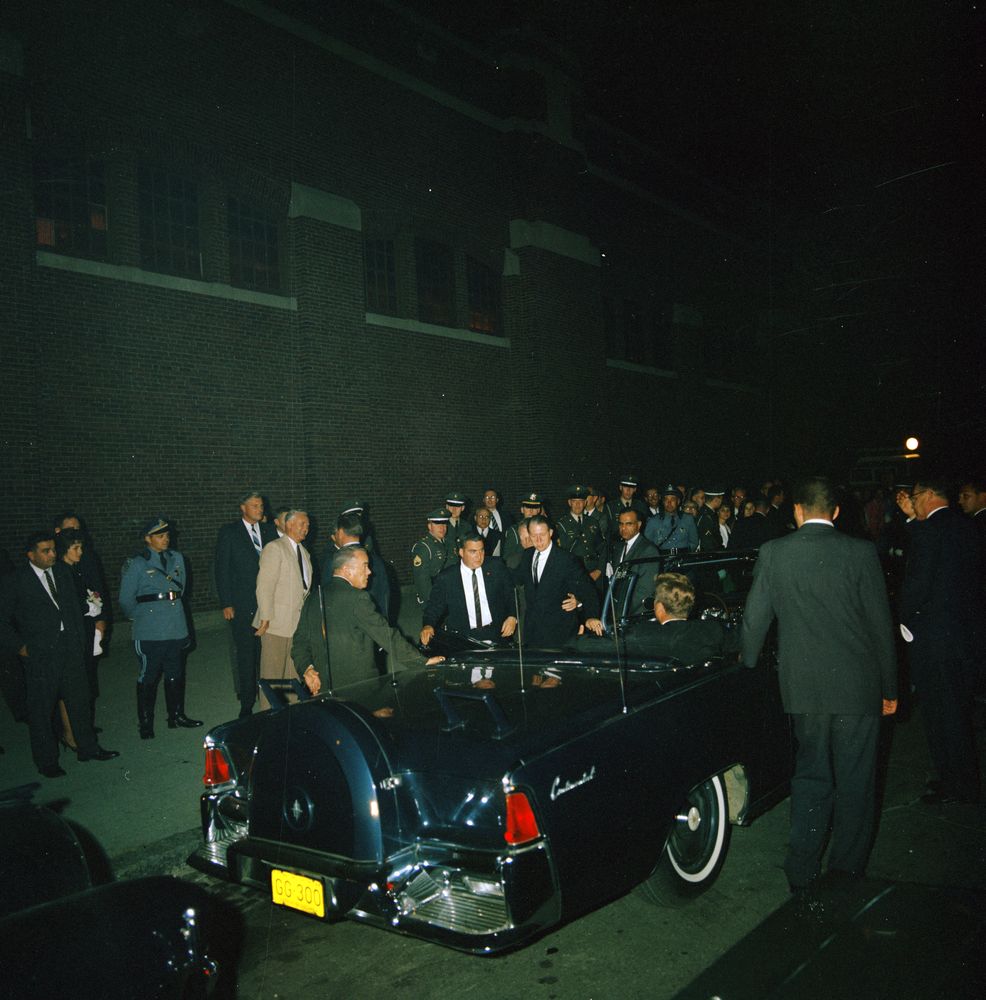
Description: President John F. Kennedy sits in the Presidential limousine (Lincoln-Mercury Continental convertible) outside the Commonwealth Armory in Boston, Massachusetts; President Kennedy attended the “All New England Salute Dinner” in his honor. Also pictured: Press Secretary, Pierre Salinger; Military Aide to the President, General Chester V. Clifton; White House Secret Service agents, Stu Stout, Bill Greer, and Sam Sulliman.
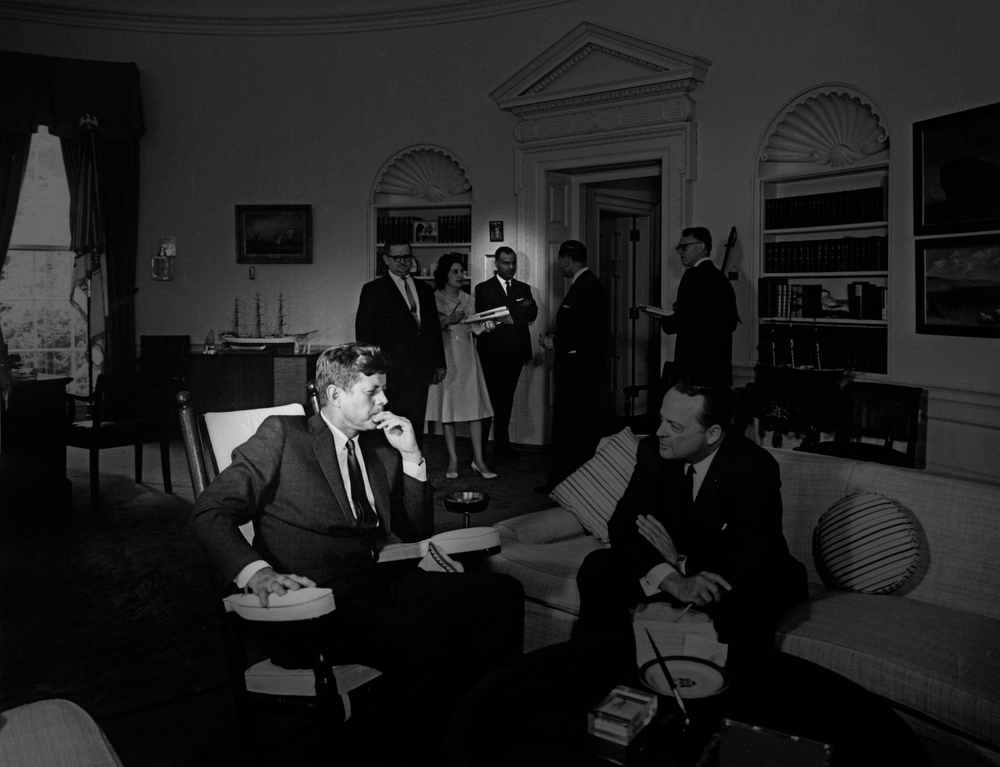
Meeting with US Ambassador to West Germany George McGhee, 1963 May 14 10:05AM
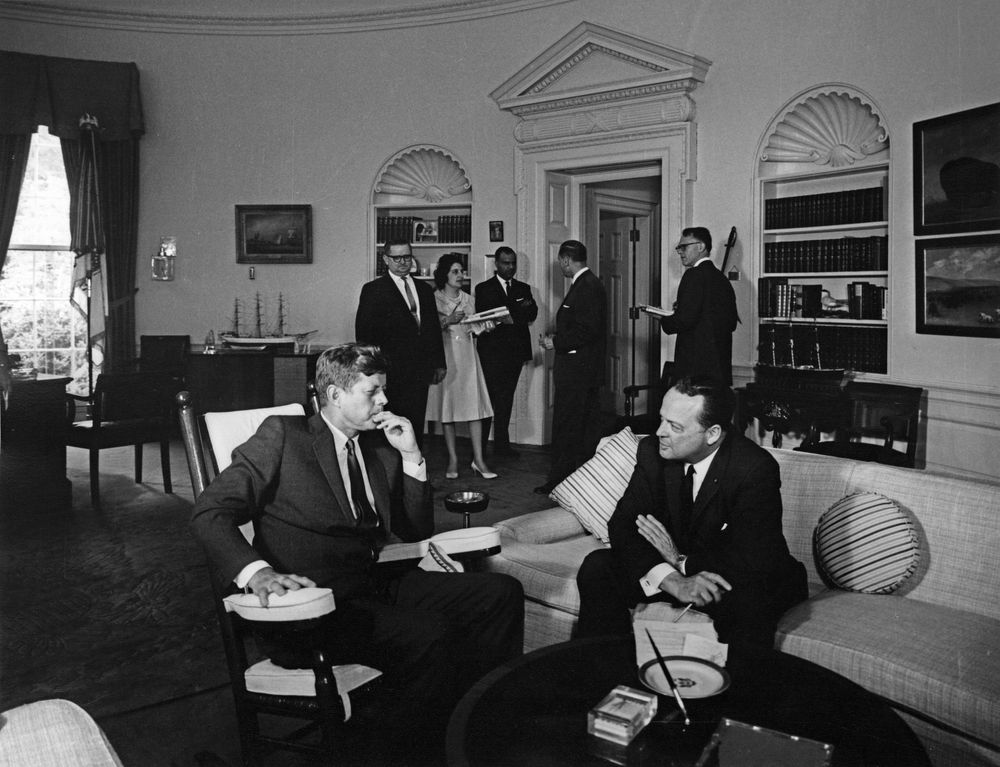
Description: President John F. Kennedy (left, in rocking chair) meets with newly-appointed United States Ambassador to West Germany, George McGhee. Standing in background (left to right): unidentified; White House correspondent for United Press International (UPI), Helen Thomas; White House Secret Service agent, Sam Sulliman; two unidentified persons. Oval Office, White House, Washington, D.C.
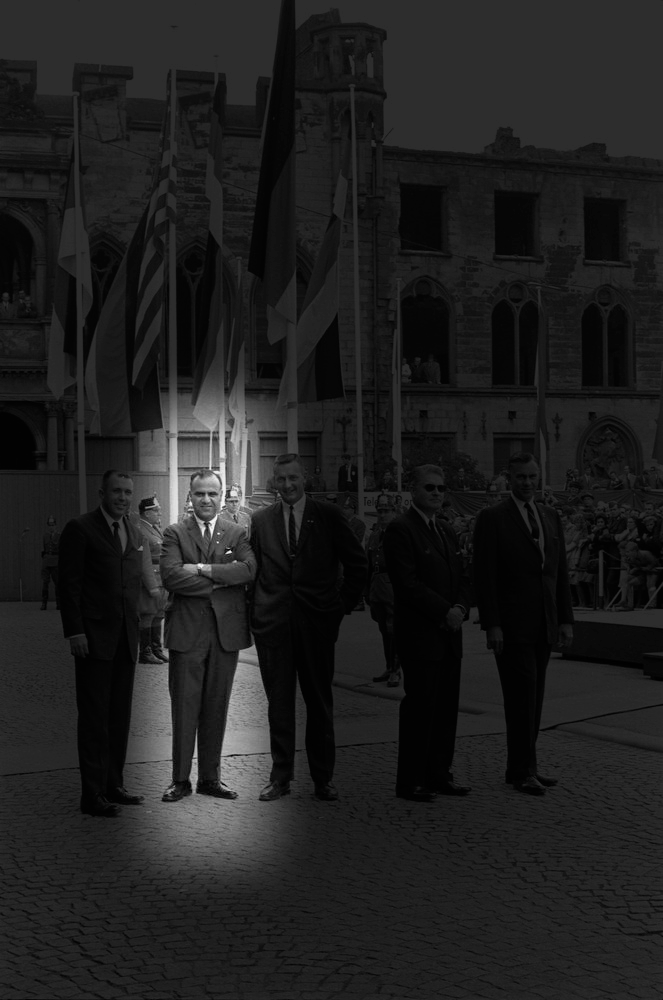
Above is a closer image of Sulliman
Trip to Europe: Germany, Cologne: Kölner Rathaus (City Hall), 23 June 1963 10:55 AM
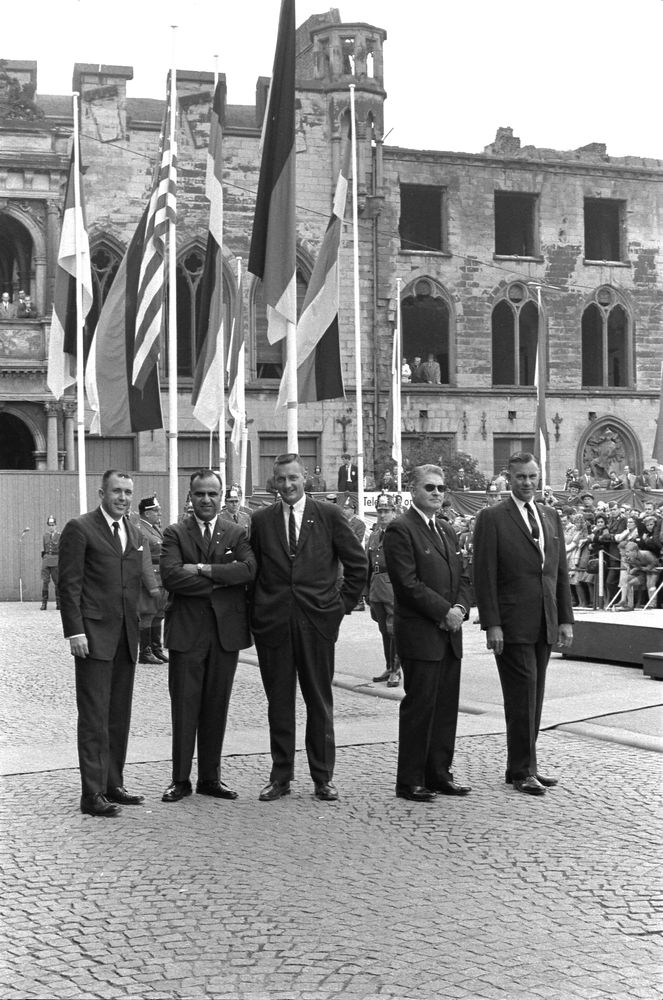
Description: Director of the United States Secret Service, James J. Rowley, and members of President John F. Kennedy’s White House Secret Service detail stand outside Kölner Rathaus (City Hall) in Cologne, West Germany (Federal Republic). Left to right: agents, Jerry Blaine, Sam Sulliman, and Paul A. Burns; Director Rowley; agent, Roy Kellerman.
After his retirement, Sulliman worked for J. Robert Fluour as Head of Security for The Fluor Corporation in Southern California. After some time, Sulliman ended up heading over to Pennsylvania, carrying his Head of Security title for a healthcare company by the name of Aetna.
Sulliman passed away in 2019 and was buried in the Arlington National Cemetery.
To view all images of Sulliman with John F. Kennedy, visit the link below:
JFK Library
Written & Published by Brian Banyamin
